
In this week’s episode, we spoke with the founder and CEO of Savor Health on the importance of nutrition for patients and caregivers before, during and after cancer treatment.

In this week’s episode, we spoke with the founder and CEO of Savor Health on the importance of nutrition for patients and caregivers before, during and after cancer treatment.
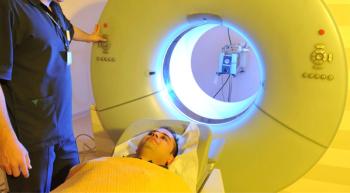
Patients with glioblastoma may lack easy access to clinical trials and off-label treatments, despite showing an interest in learning more about them.
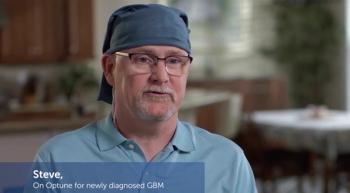
Watch a video about Steve, an Optune user. Learn how Steve manages his treatment while enjoying his favorite activities.
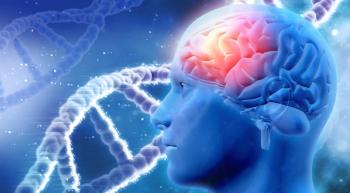
Administration of Opdivo (nivolumab) before surgical resection in patients with glioblastoma appeared safe and feasible, according to phase 2 trial results published in Nature Medicine.

The Food and Drug Administration (FDA) Expanded Access program appeared to have broad use, involved a wide variety of patients and drugs, and derived clinical benefit, according to an initial summary published in JAMA Oncology.

In this week’s episode of the CURE Talks Cancer podcast, we spoke with a childhood cancer survivor about her journey with stage 4 neuroblastoma, and also about taking part in the St. Jude LIFE research program.
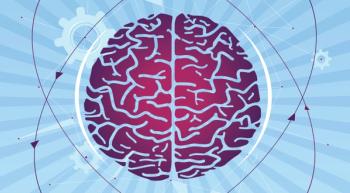
A preclinical study showed that FGL2 protein suppression may stop tumor cell growth in patients with glioblastoma.

Here are the top 5 CURE stories for January 2019.

Penn Medicine launches program that allows people with brain tumors to access remote medical plans.

A man with glioblastoma has received Gliovac (ERC1671) under legislation allowing for the terminally ill to try experimental drugs that have passed preliminary FDA testing.
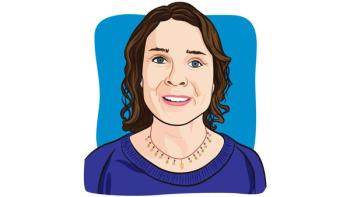
Since being diagnosed, I've learned a tremendous amount in my journey.

Inhibiting the immune system could decrease cognitive decline after radiation treatment, according to research conducted in mouse models.

One of Scott Hamilton's doctors told him that proton therapy was, "an elegant choice."

When a diagnosis begins to improve, it is hard to reconcile your identity as a patient with your identity as a whole. Grappling with questions of who you are after having been diagnosed with something life altering can be both profound and challenging, and leave you a bit, well, ambivalent.

As a mom, I honestly cannot think of anything more terrifying than a cancer diagnosis in one of my kids. This article takes a deep look at brain tumors in children
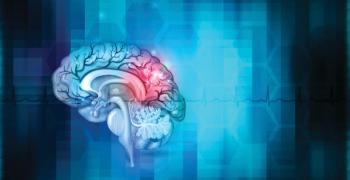
As with cancers that affect the liver, cancers that hit the brain and nervous system can be broadly broken down into primary tumors and secondary tumors. A primary brain or nervous system tumor is one that arises from tissues in the brain and nervous system

Once you or someone you love has been diagnosed with something big, the times between scans become sacred in-between times where you do your best to live in light of the ever-changing circumstances of your body. Sometimes that can be a time full of fear, but others it is a time full of hope.

The cognitive dysfunction that patients with glioblastoma often face can compound these challenges and ultimately put extra stress on caregivers.

Researchers have found a potentially safer and faster way to determine if treatment for a type of childhood brain cancer is working.

Health care shouldn't be a fight, but it is. I tell my story of fighting for an MRI in a hope that I illuminate the cracks in our system in a hope we can make change, so no one falls through those cracks.

In the first such clinical trial in the United States, researchers will evaluate focused ultrasound to breach the blood-brain barrier

Children who suffer from a highly aggressive and deadly type of brain tumor may have new hope when it comes to treatment options.

Brain cancer survivors are living longer, highlighting the importance of survivorship care for this population.

A recent study from St. Jude Children’s Hospital found that more than half of adults who survived pediatric central nervous system tumors failed to achieve independence as adults.

Micah Bernstein is only 7 years old and has already fought cancer three times. Now, she hopes to be an inspiration to other children.